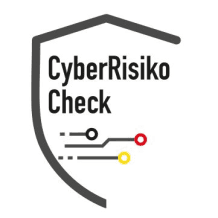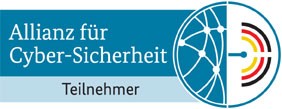Patch management is an essential component of information security that deals with the management of software updates or 'patches'. These updates can fix bugs, close security gaps, or improve software functionality.
In an increasingly digitalized world, where cyber threats are prevalent, an effective patch management system is indispensable for ensuring the security and stability of IT systems.
What is patch management?
Patch management encompasses all processes required for managing software updates. This ranges from identifying and evaluating new patches to their implementation and ongoing monitoring and documentation.
A good patch management program not only ensures that systems are up to date but also minimizes the risk of security incidents caused by unpatched vulnerabilities.
Why is patch management important?
Patch management is crucial for several reasons:
1. Closing security gaps - Unpatched software is one of the most common attack vectors for cybercriminals.
2. Improving system stability and performance - Patches can enhance the stability and performance of application systems.
3. Meeting compliance requirements - Many regulatory frameworks require specific updates and security measures to comply with regulations.
Challenges in patch management
Patch management is not without its challenges. Some of the most common include:
* Complexity of the IT environment: In large organizations, there are numerous different systems with varying requirements to maintain.
* Time constraints: Patches must be tested and deployed promptly to meet security and operational requirements.
* Resource constraints: Many organizations struggle with limited IT budgets, making it difficult to implement effective patch management.
Best practices in patch management
To address these challenges, companies should follow some best practices:
1. Regular reviews: Regularly check software for available patches.
2. Prioritizing patches: Security-critical patches should take precedence.
3. Testing patches: Patches should be tested in a staging environment before implementation.
4. Automate where possible: Automated patch management tools can significantly ease the process.
Conclusion
Effective patch management is a critical component of corporate security and IT management. By implementing a systematic and well-organized patch management program, organizations can help minimize security risks, ensure system stability, and comply with regulatory requirements.




